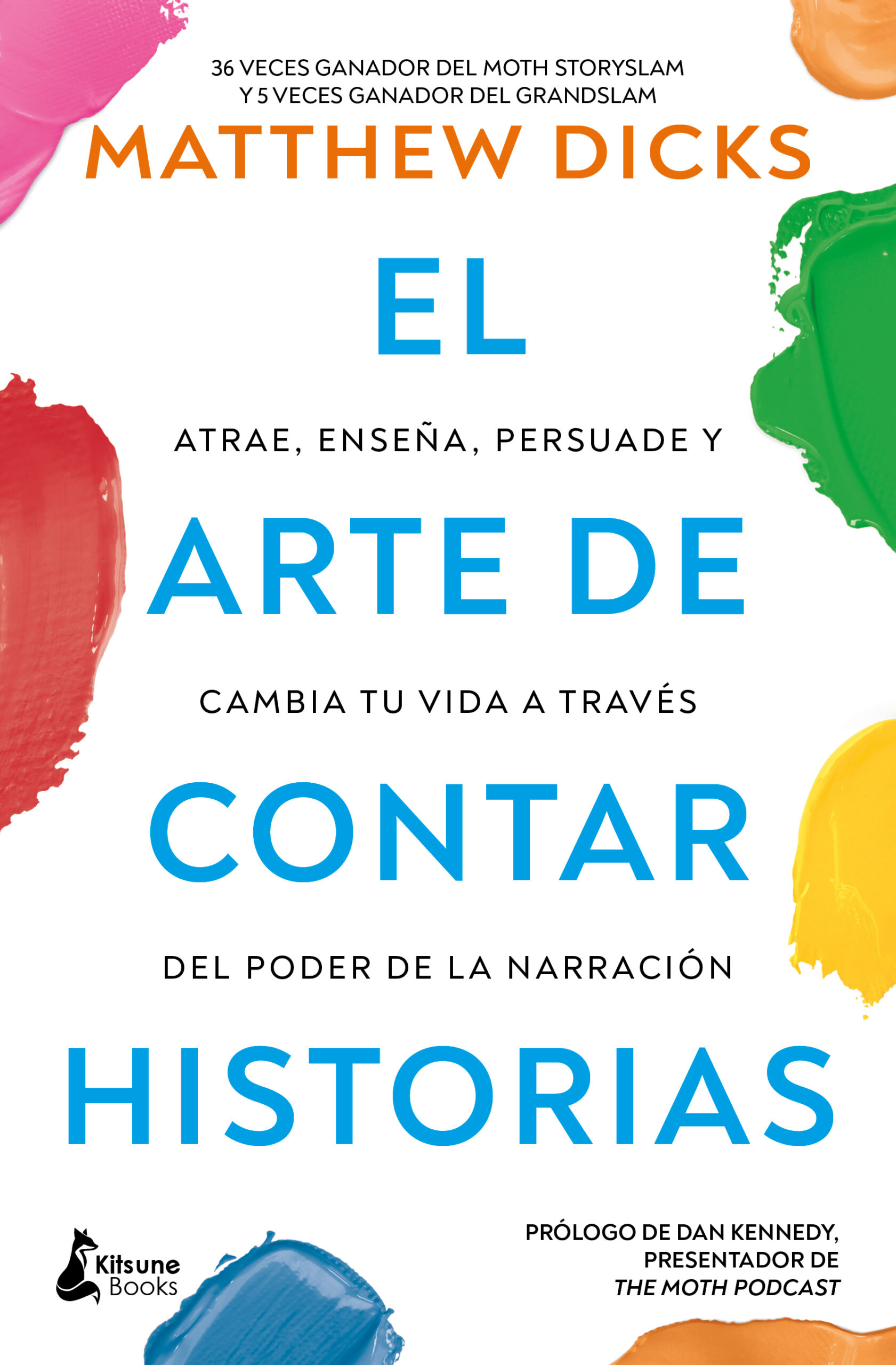In addition to gaining coverts, it turns out that there is actual science behind the Reverse Nap.
From a Wikipedia entry on segmented sleep:
Historian A. Roger Ekirch argues that before the Industrial Revolution, segmented sleep was the dominant form of human slumber in Western civilization. He draws evidence from documents from the ancient, medieval, and modern world, which he discovered over the course of fifteen years of research. Other historians, such as Craig Koslofsky, have endorsed Ekirch’s discovery and analysis.
According to Ekirch’s argument, typically individuals slept in two distinct phases, bridged by an intervening period of wakefulness of up to an hour or more. Peasant couples, who were often too tired after field labor to do much more than eat and go to sleep, awakened later to have sex. People also used this time to pray and reflect, and to interpret dreams, which were more vivid at that hour than upon waking in the morning. This was also a favorite time for scholars and poets to write uninterrupted, whereas still others visited neighbors, or engaged in petty crime.
Did you see that?
“This was also a favorite time for scholars and poets to write uninterrupted…”
I’m not a scholar and only a hack poet, but still, that’s me!
There is also a TED Talk on the subject:
In truth, I’m not sure how I feel about this.
While it’s rewarding to know that science supports my idea of the Reverse Nap, I’m a little disappointed that the idea does not appear to be originally my own.
In a perfect world, preeminent scientists and researchers would have read my blog, been intrigued by my idea, and conducted a massive study to confirm the validity of my idea.
Instead, it seems as if I have stumbled upon something that others stumbled upon previously.
Decidedly less rewarding.









